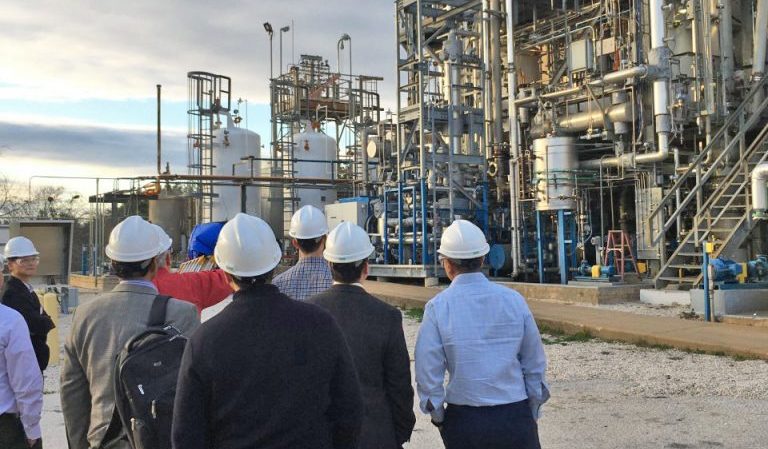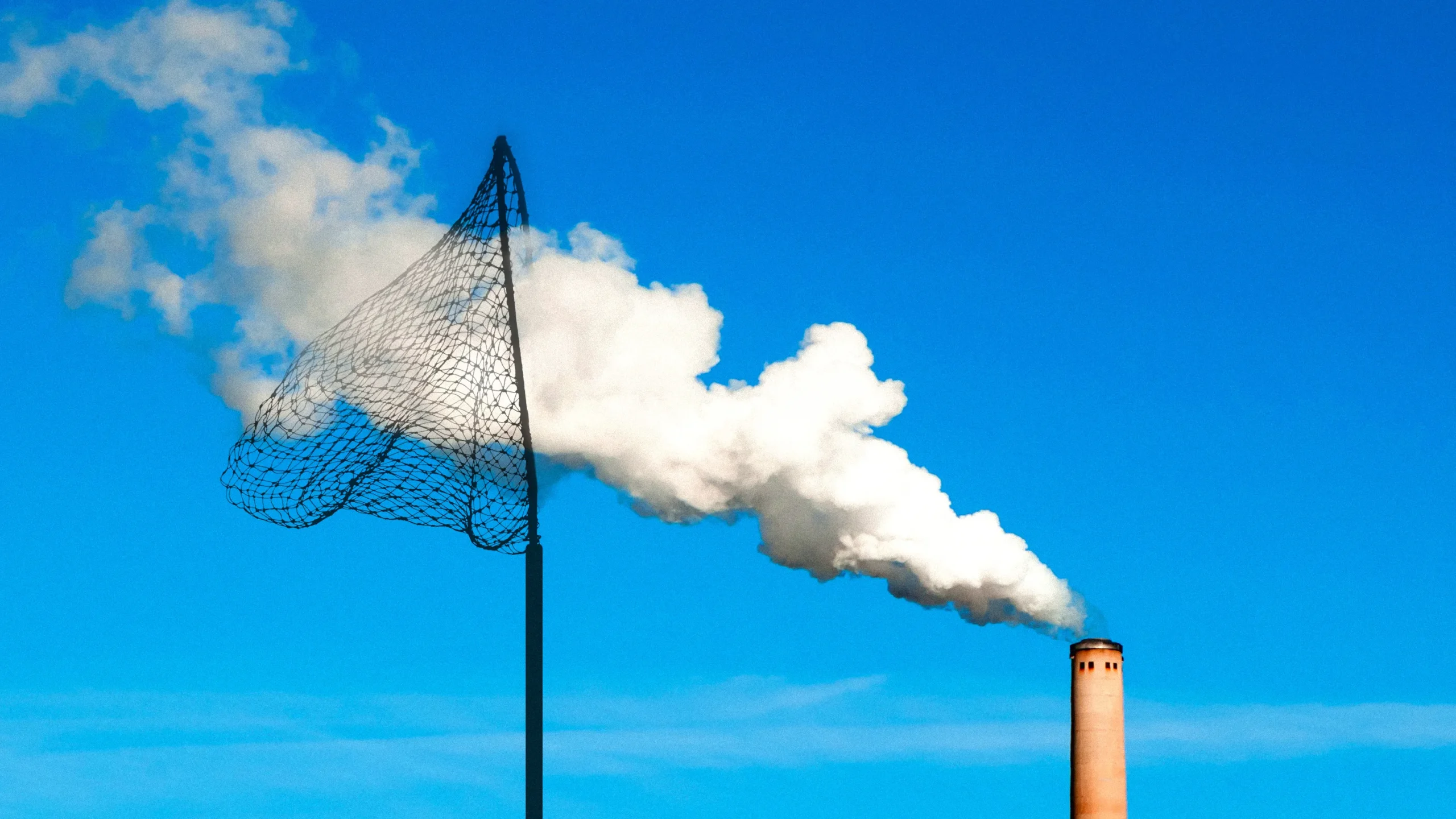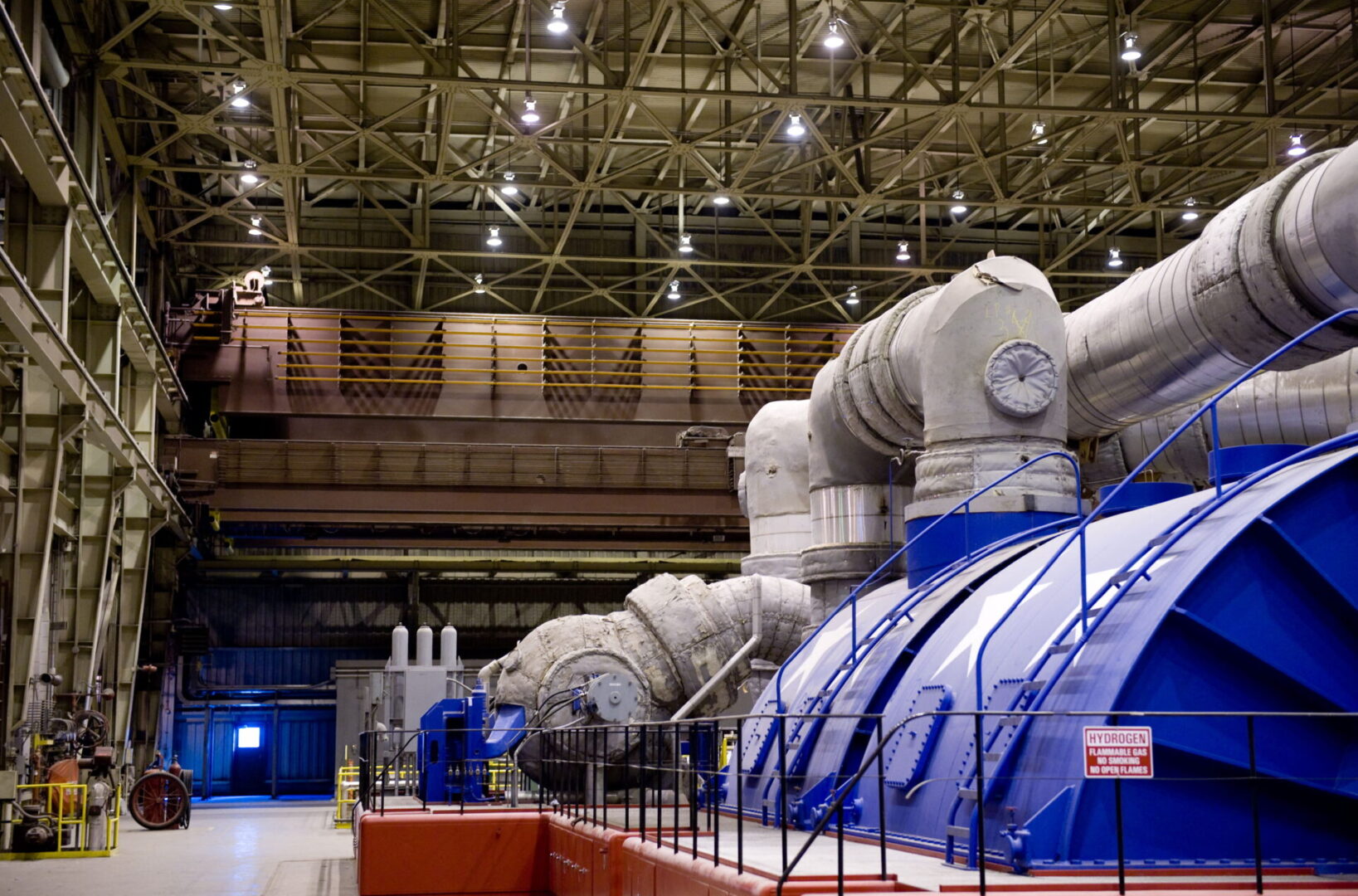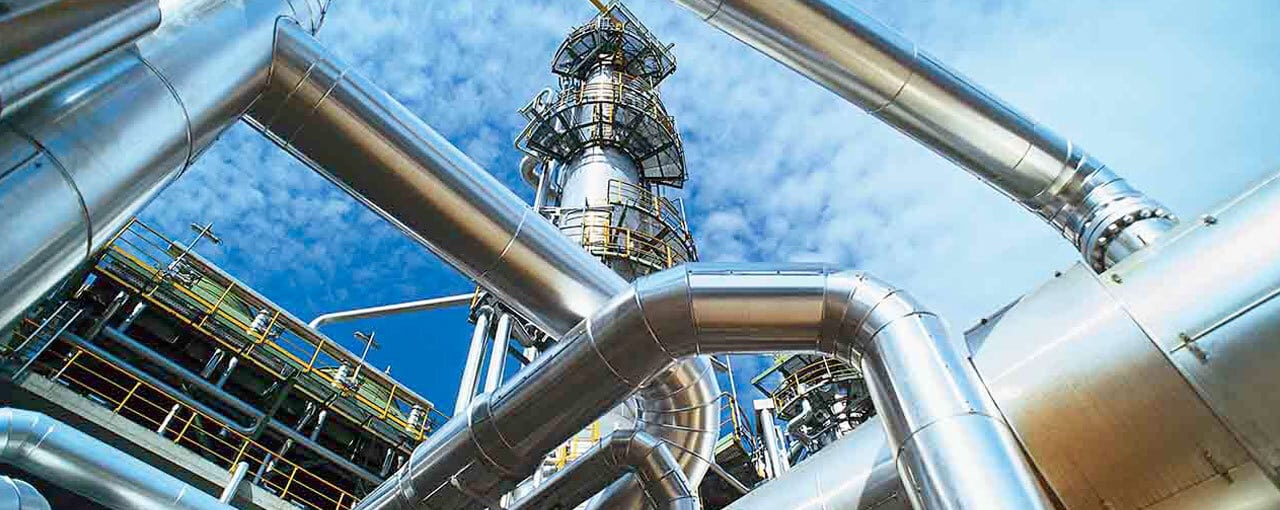The potential of CCUS to help Canada achieve its climate change targets
Carbon capture, utilization, and storage (CCUS) is an innovative technology that captures carbon dioxide (CO2) emissions from industrial processes and stores them safely underground. CCUS has the potential to significantly reduce greenhouse gas emissions and help countries achieve their climate change targets. Canada, with its abundance of fossil fuel resources and a strong commitment to reducing emissions, is poised to make great strides in utilizing CCUS technology.
===Canada’s Climate Change Targets: A Brief Overview===
Canada has set ambitious climate change targets to reduce greenhouse gas emissions by 30 percent below 2005 levels by 2030. To achieve these targets, the government has developed a range of policies and initiatives, including carbon pricing, investing in renewable energy, and promoting energy efficiency. However, there is still a long way to go to meet these targets, and CCUS technology presents an opportunity to further reduce emissions.
===How CCUS Can Help Reduce Greenhouse Gas Emissions===
CCUS technology can help reduce greenhouse gas emissions by capturing carbon dioxide from industrial processes that would otherwise be released into the atmosphere. This includes emissions from power plants, cement production, and other industrial activities. The captured CO2 can then be transported and stored safely underground in geological formations, where it remains trapped for thousands of years.
===The Role of CCUS in Fossil Fuel-Dependent Industries===
CCUS technology can play a critical role in reducing greenhouse gas emissions from Canada’s fossil fuel-dependent industries, such as oil and gas production. The captured CO2 can be used in enhanced oil recovery (EOR) to increase oil production and reduce emissions. This approach has already been successfully implemented in some oil and gas fields in Canada, and there is a great opportunity to expand its use.
===CCUS and Renewable Energy: A Winning Combination===
CCUS technology can also be used in conjunction with renewable energy sources to further reduce emissions. Renewable energy sources such as wind and solar power are intermittent, meaning that they generate electricity only when the wind is blowing or the sun is shining. CCUS technology can provide a way to store excess renewable energy as compressed CO2, which can be used to generate electricity when renewable sources are not available.
===Investing in CCUS: Economic and Environmental Benefits===
Investing in CCUS technology has both economic and environmental benefits. CCUS can create new jobs in the technology sector and support the growth of industries that are essential to Canada’s economy. At the same time, it can reduce greenhouse gas emissions and help Canada meet its climate change targets. Furthermore, CCUS can help Canada maintain its position as a global leader in clean energy innovation.
===Challenges and Opportunities in Implementing CCUS in Canada===
While CCUS technology presents a promising opportunity for reducing greenhouse gas emissions, there are still challenges to overcome in implementing it in Canada. These include the high cost of building and operating CCUS facilities, as well as the need for regulatory frameworks and public acceptance of the technology. However, with the right policies and incentives, Canada can overcome these challenges and unlock the potential of CCUS technology.
The Future of CCUS in Canada’s Climate Change Strategy===
CCUS technology is a key part of Canada’s climate change strategy, and its potential should not be underestimated. By investing in CCUS, Canada can reduce greenhouse gas emissions, create new jobs, and support the growth of industries that are essential to the country’s economy. As the world continues to grapple with the challenges of climate change, CCUS technology will play an increasingly important role in helping countries achieve their emissions targets and build a sustainable future.











